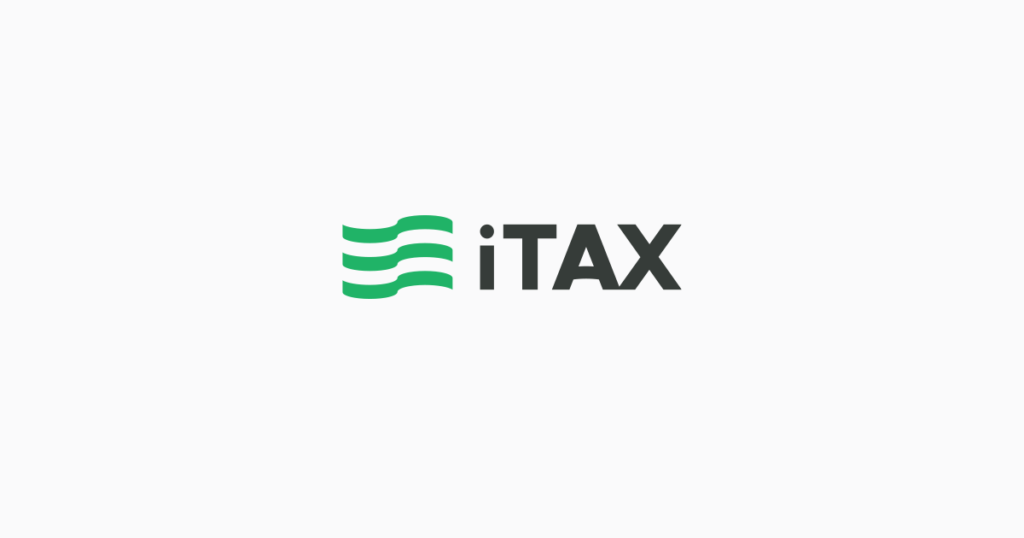Negative Income Tax: Understanding the Basics and Pros/Cons

The concept of a Negative Income Tax (NIT) has been a topic of discussion for decades. It’s a form of social welfare that has been proposed as a way to alleviate poverty and reduce income inequality. In this article, we will explain the basics of a negative income tax, its pros and cons, and how it could impact society.
- Top Tax Issues to Avoid to Prevent IRS Audits
- A Guide on e-Service Tax in Thailand for Non-resident Business
What is a Negative Income Tax?
Negative Income Tax (NIT) is a form of social welfare that aims to reduce poverty and inequality. It works by providing a minimum income to all citizens, regardless of whether they are employed or not. The tax system is designed so that those who earn less than a certain threshold receive payments from the government, while those who earn above that threshold pay more in taxes than they receive in benefits.
The goal of a negative income tax is to provide a basic income to those in need and reduce poverty. It’s often seen as an alternative to traditional welfare programs, which can be stigmatizing and have high administrative costs.
The idea of NIT was proposed by Juliet Rhys-Williams in the early 1940s and then popularized by economist Milton Friedman, in the 1960s, who believed that it would be a more efficient way of providing financial assistance to low-income households than traditional welfare programs.
In a negative income tax system, the government sets a minimum income level that all citizens are entitled to receive. If a person’s income falls below this level, they receive payments from the government to make up the difference. If their income is above this level, they pay taxes based on a progressive tax rate.
How Would a Negative Income Tax Work?
Under a negative income tax system, individuals with incomes below a certain threshold would receive payments from the government. The payment would be based on their income and family size, with those earning less receiving a higher payment. The payment would decrease as income increases, providing a gradual phase-out of benefits.
The negative income tax could be funded by reducing or eliminating other forms of welfare programs, such as food stamps or housing assistance.
Pros of Negative Income Tax
- Reduced Poverty: One of the most significant benefits of NIT is that it can reduce poverty levels. By providing assistance to those who need it most, the government can help lift people out of poverty and improve their standard of living.
- Simplified Tax System: Another advantage of NIT is that it simplifies the tax system. With NIT, the government can eliminate many of the complex tax codes and systems that exist today, making it easier for people to understand and comply with tax regulations.
- Increased Incentive to Work: NIT can also increase the incentive to work. Because the assistance provided is only for income below a certain threshold, people who earn more can keep more of their income. This can encourage people to work harder and earn more money, which can help boost the economy.
Cons of Negative Income Tax
- Cost: One of the main drawbacks of NIT is the cost. Providing financial assistance to low-income individuals and families can be expensive, and the government would need to find a way to fund the program.
- Reduced Incentive to Work: While NIT can increase the incentive to work for some, it may also reduce the incentive to work for others. People who receive assistance may be less motivated to work because they are already receiving financial support.
- Possible Abuse of the System: There is also a risk that some people may try to abuse the system. People may try to reduce their income below the threshold to qualify for assistance, or they may try to game the system in other ways.
Implications of Negative Income Tax
Implementing NIT would have far-reaching implications for society. It could help reduce poverty levels and improve the standard of living for low-income individuals and families. However, it would also require significant funding, and there are concerns about the potential for abuse of the system.
As with any policy change, there are trade-offs, and policymakers would need to carefully consider the costs and benefits of implementing NIT.
Conclusion
Negative Income Tax is a tax system in which the government provides financial assistance to low-income individuals and families. While NIT has its advantages, such as reducing poverty and simplifying the tax system, it also has its drawbacks, such as the cost and the potential for abuse of the system.
Ultimately, the decision to implement NIT would require careful consideration of its costs and benefits and a determination of whether it is a viable solution for reducing poverty and promoting social equality.